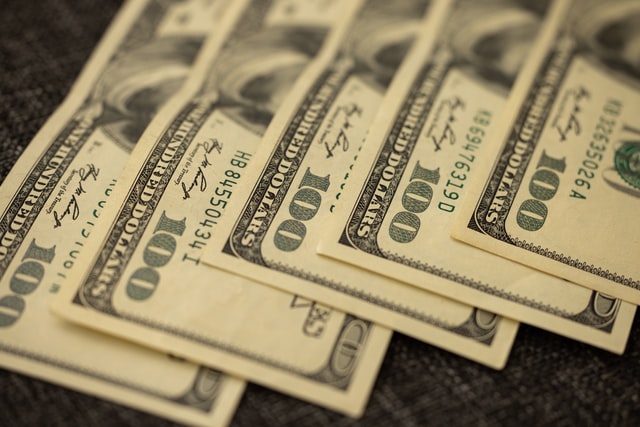
Economics & Growth | Monetary Policy & Inflation | US

Economics & Growth | Monetary Policy & Inflation | US
This article is only available to Macro Hive subscribers. Sign-up to receive world-class macro analysis with a daily curated newsletter, podcast, original content from award-winning researchers, cross market strategy, equity insights, trade ideas, crypto flow frameworks, academic paper summaries, explanation and analysis of market-moving events, community investor chat room, and more.
Since inverting during the start of April, the slope of the 2s10s curve has been steepening and is no longer inverted – but it remains historically flat. Indeed, 10y yields have been increasing and are up 24bps on the week. Meanwhile, 2y yields are down 4bps on the week. A combination of rising 10y yields and reduced 2y yields mechanically lowers the probability of recession so our recession model that uses the 2s10s curve as the input is currently assigning a 38% probability of recession within the next 12 months. Meanwhile, the Fed’s recession model, which uses the 3m10y part of the yield curve, is still only assigning a 2% probability of recession.
We introduced two models for predicting US recessions using the slope of the yield curve. When long-term yields start to fall towards or below short-term yields, the curve flattens or inverts. This has often predicted a recession in subsequent months. One model from the Fed is based on the 3m10y curve and the second is our modified version based on the 2y10y curve. The two-year would better capture expectations for Fed hikes in coming years. It is therefore more forward-looking. So, our preferred yield curve is the 2y10y curve (10-year yields minus two-year yields).
Spring sale - Prime Membership only £3 for 3 months! Get trade ideas and macro insights now
Your subscription has been successfully canceled.
Discount Applied - Your subscription has now updated with Coupon and from next payment Discount will be applied.